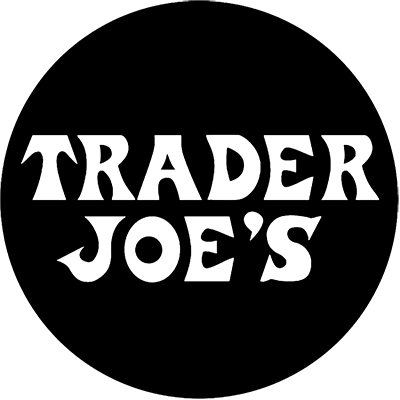Tags
#Cost savings
Cut costs, not value or employee benefits
People wonder how Trader Joe's can keep prices low while also treating their employees well and turn a profit. To do this, Trader Joe's takes every opportunity to find ways to cut operational costs, like:
- Cutting hours of operation. Staying open long hours is a waste of energy and as a value retailer you don't need to differentiate yourself with hours.
- Not selling products that raise insurance costs. Kegs of beer and 5lb bags of sugar that come packed twelve to a bale were all discontinued because of risk of injury to the crew.
- Using free imagery. The iconic Trader Joe's 19th century imagery is used because these images are not subject to copyright laws.
- Using cheap shelving. Not only is warehouse shelving cheap, it is also inexpensive to change, and can be easily assembled and disassembled by any employee.
- Buying in bulk and paying in cash. "This means giant 40-50 lbs wheels of cheese at a time. The products are being sent to the TJ kitchen or warehouse where it's being processed.
- Avoiding brand name products. 80% of Trader Joe's products fall under their own label where they cut out the middleman by buying food directly from the source and doing all the packaging themselves.
- Taking advantage of discontinuities. If a vendor had leftover eggs or some unusual product that they couldn't get rid of, Trader Joe's buys it at a low price, repackages it, and sells it.
- Keeping their stores small because big stores just cost too much
